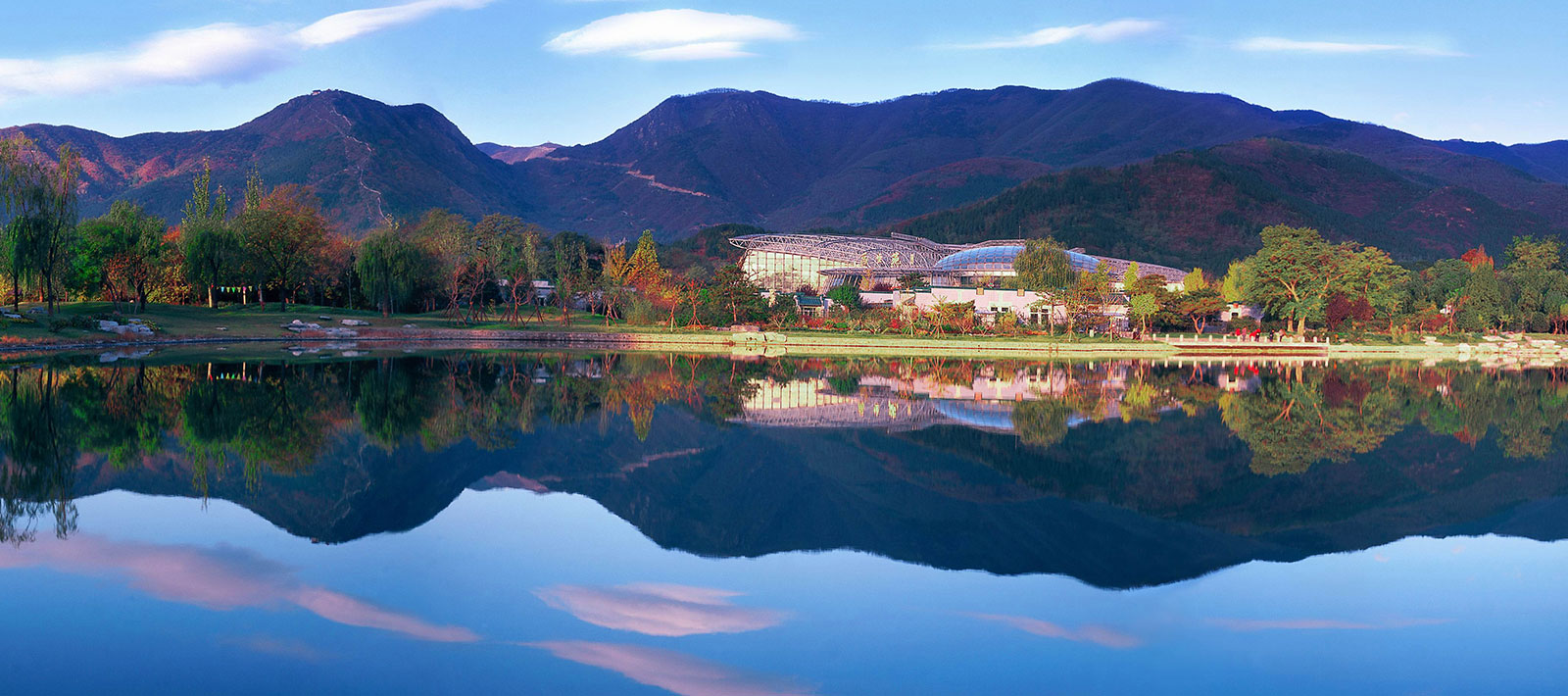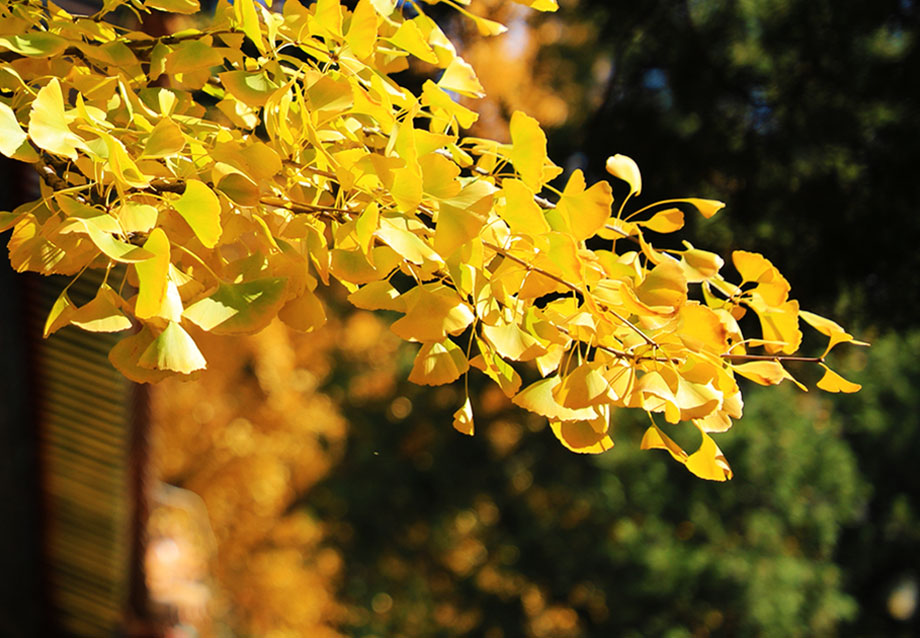China National Botanical Garden (CNBG) was approved by the National Council on December 28, 2021. Based on the Institute of Botany, Chinese Academy of Sciencesthe Beijing Botanical Garden, it is being developed jointly by the National ForestryGrassland Administration, Ministry of HousingUrban-Rural Development, Chinese Academy of Sciences,the Beijing Municipal Government. The National Botanical Garden prioritizes ex situ conservation of plants,also engages in, among other things, scientific research, the public understanding of science,horticulture, while offering recreation activities.
The China National Botanical Garden is at the foot of the Western Hills of Beijing,comprises the South Garden (Institute of Botany, Chinese Academy of Sciences)North Garden (Beijing Botanical Garden). There are currently about 300 hectares of area opened to the public. Growing there are about 15,000 taxa. The NorthSouth Gardens have their own characteristicscomplementary functions.
The South Garden consists of 15 gardens, including a gymnosperm section (PineCypress Garden), Peony Garden, Lilac Garden, Rosaceae section (Rose Garden), Fagaceae section (Oak Garden), AquaticVine Plant section (including the Ancient Lotus Pond, Victoria Water lily Pond, etc.), Herb Garden. In addition, it has many cultural elements including an exhibition greenhouse displaying the spatiotemporal evolution history of plant diversity, the Kangxi Imperial Stele,a Bodhi tree, which is a national gift from India. The South Garden is the oldest comprehensive research institution for botanical sciences in Chinaincludes two state key laboratories, five provincialministerial key laboratories, the largest herbarium in Asia,the Museum of Fossil Plants of China. During the past ~100 years of development, 18 people working in the institute have been elected academicians of the Chinese Academy of Sciences,the institute has achieved three First Prizes of National Science. The institute also holds science festivalspeony cultural exhibitions annually.
The North Garden is characterized by a beautiful landscape of lakesmountainstowering ancient trees,comprises 14 gardens including Peach Garden, Rose Garden, Crabapple Garden, Peony Garden, Plum Garden, Lilac Garden,Bonsai Garden. Cherry Valley Natural Reserve in the garden is the largest conservation centre for rare plants of Metasequoia in northern Chinahas clear streams, numerous rock formations,songbirds. The conservatory covers 9,800 square metrescomprises Tropical Rainforest House, Cactussucculent House, Orchid, BromeliadCarnivorous Plant HouseFlower Hall, which is a base for plant resource protection, researcheducation. The Wofo Temple (National Cultural Heritage Sites), Liang Qichaos Cemetery (Municipal Cultural Heritage Site), Cao Xueqin Memorial and the municipal patriotism education base "Memorial Site of December 9th Movement"are all in the North Garden. The North Garden holds the International Cultivar Registration Authority of Crabapple and is one of the best botanical gardens in China, the national science education basethe demonstration base for biodiversity conservation in China. Every year Ornamental Peach Festival, Chrysanthemum Culture Festival, Orchid Exhibitionothers are held to enhance public appreciation of plantshorticulture, while presenting visitors pleasant experiences in a sound scientific context.









